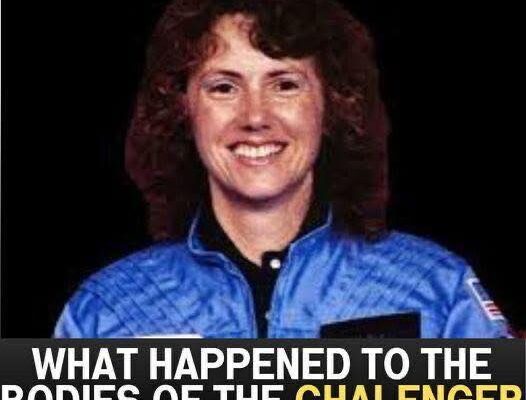The Challenger disaster on January 28, 1986, remains one of the most heartbreaking moments in space history. Just 73 seconds after liftoff, the Space Shuttle Challenger broke apart, resulting in the loss of all seven astronauts on board.
The crew included Christa McAuliffe, a teacher selected to be the first civilian in space. The cause of the tragedy was later identified as the failure of an O-ring seal in one of the shuttle’s solid rocket boosters, which allowed hot gas to escape and ultimately led to the structural breakup of the vehicle.
The explosion was witnessed live by millions, deeply impacting the nation. Although the shuttle disintegrated midair, the crew cabin remained largely intact and separated from the rest of the shuttle. It is believed the astronauts may have survived the initial explosion but lost consciousness before impact due to the lack of oxygen and extreme conditions during the descent.
Recovery efforts began soon after, led by NASA and the U.S. Navy. Using divers, remotely operated vehicles, and sonar, they located large parts of the wreckage, including the crew compartment, which was found on the ocean floor in March 1986. The remains of the crew were carefully recovered and examined.
While full autopsy results were never released to the public out of respect for the families, medical experts concluded that the astronauts likely did not survive long after the breakup. The remains were returned to the families for burial, and each astronaut was honored in private ceremonies. Some, including Christa McAuliffe, were buried in their hometowns, while others were interred at Arlington National Cemetery. NASA also created a lasting memorial at the Kennedy Space Center Visitor Complex, honoring not just the Challenger crew but all astronauts lost in the pursuit of exploration. The Challenger disaster led to major changes in NASA’s approach to shuttle safety, design, and risk management. The fallen crew—Francis R. Scobee, Michael J. Smith, Ronald McNair, Ellison Onizuka, Judith Resnik, Gregory Jarvis, and Christa McAuliffe—are remembered not only for their sacrifice but for their dedication to advancing human exploration. Their legacy continues through educational programs, scholarships, and memorials that inspire future generations. While the details of their final moments are difficult to confront, remembering their courage helps ensure their mission and spirit live on.
